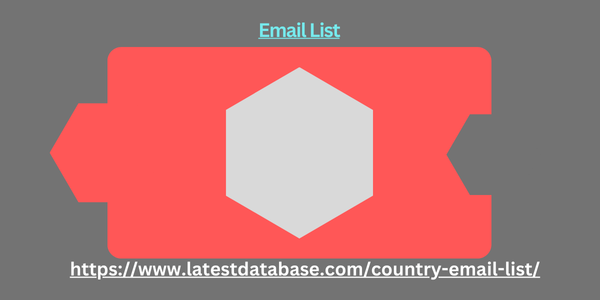In today’s competitive business environment, attracting potential customers is paramount. But simply getting people through the door isn’t enough. You need a targeted strategy to identify those with a genuine interest in your offerings – and that’s where lead generation comes in.
So, what exactly is lead generation?
Lead generation is the lifeblood of any successful sales strategy. It’s the process of attracting, engaging, and qualifying potential customers, ultimately converting them into paying patrons. Imagine a funnel – at the top, you have a broad audience. Lead generation funnels them down, nurturing interest and weeding out those who aren’t a good fit, leaving you with a pool of qualified leads – those most likely to convert into sales.
Why is lead generation so important?
- Boosts Sales: A steady stream of qualified leads keeps your sales pipeline flowing, giving your sales team a focused group of potential customers to convert.
- Improves Conversion Rates: Lead Norway Email List generation allows you to target the right audience, ensuring your marketing efforts resonate with those most likely to buy.
- Provides Valuable Customer Insights: The data collected during lead generation offers valuable insights into your target audience’s needs and preferences, informing your overall sales and marketing strategy.
The Lead Generation Journey: From Stranger to Customer
-
Awareness: The first step is to create awareness of your brand and offerings. This could involve content marketing, social media engagement, search engine optimization (SEO), or even traditional advertising.
-
Interest: Once potential customers are aware of your brand, you need to pique their interest. This can be achieved through compelling content that addresses their pain points and showcases your solutions.
-
Consideration: Now that they’re interested, potential customers are actively considering your product or service. Offer Dial the International Access Code valuable resources like white papers, case studies, or webinars to solidify their interest.
-
Decision: At this stage, potential customers are comparing you to competitors. Provide clear value propositions, testimonials, and free trials to nudge them towards making a decision in your favor.
-
Action: This is the ultimate goal – converting qualified leads into paying customers. Make the buying process smooth and customer-centric.
Strategies to Spark Powerful Lead Generation
-
Content Marketing: Create valuable and informative content (blogs, articles, ebooks) that educates your target audience and establishes your brand as a thought leader.
-
Social Media Marketing: Engage with potential customers on social media platforms, sharing relevant content and fostering conversations.
-
Search Engine Optimization (SEO): Optimize your website content to rank higher in search engine results pages (SERPs), attracting organic traffic from potential customers.
-
Email Marketing:
-
Build an email list and nurture leadswith targeted email campaigns offering valuable content, promotions, and industry insights.
-
Webinars and Events: Host online or offline events that address your target audience’s pain points and showcase your expertise.
-
Pay-Per-Click (PPC) Advertising: Run targeted PPC campaigns on search engines or social media platforms to reach potential customers actively searching for solutions like yours.
The Takeaway: A Tailored Approach for Lead Generation Success
There’s no one-size-fits-all approach to lead generation. The best strategy depends on your specific industry, target audience, and budget.




